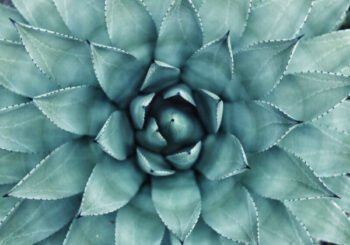Guest writer for Wake Up World
As the use of psychedelics like mescaline, ayahuasca, psilocybin mushrooms, and DMT enter the mainstream, the question is, how do we make the most of these experiences?
Assuming that we haven’t been reckless and disrespectful to such sacred substances and have adequately prepared beforehand (using the “set and setting” principles), how do we properly integrate the experiences we have into our everyday lives?
The topic of psychedelic integration is often forgotten about when it comes to plant medicine journeying and the use of psychedelics for therapeutic and spiritual purposes.
As someone who has experimented with a lot of different psychedelics through the years, I write this guide for those of you who want to practice psychedelic integration and who are sincere about having a truly transformative experience that doesn’t just fade with time.
For those of you who have been through a plant medicine journey with a group of people or a psychedelic experience by yourself but have been given no resources for aftercare, this guide is also for you.
I believe everyone who hosts and consumes the use of psychedelics needs to get a reality check when it comes to using these substances. Not giving one’s clients information on how to integrate their discoveries is irresponsible and wildly negligent, in my opinion.
Not only does a lack of integration prevent us from truly making use of the gift that these plant medicines and teaching substances have given us, but it actually cheapens the experience in my perspective.
You can keep taking magic mushrooms all the time, but without integrating what you learn, it’s just another fun and escapist outlet like alcohol. If fun and escapism are all you want to use plant medicine for, fine. But if you want to use these substances for spiritual and healing purposes (which is what I believe they’re here on this planet for), integration is crucial.
Warning:
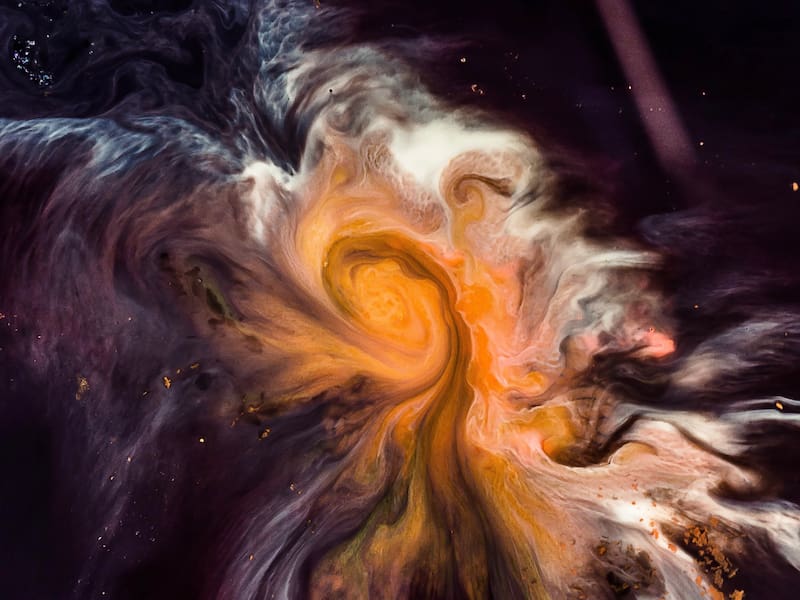
Psychedelics are illegal not because a loving government is concerned that you may jump out of a third-story window. Psychedelics are illegal because they dissolve opinion structures and culturally laid down models of behavior and information processing. They open you up to the possibility that everything you know is wrong.
? Terence McKenna
I’m obligated to mention here that by writing this article and offering this advice, I am in no way condoning the use of psychedelics for all types of people, particularly if the country you live in hasn’t legalized the substances yet (so don’t go out and get yourself in trouble or imprisoned!).
I am not a medical professional, nor someone trained in psychedelic integration. I’m simply offering my own insight based on direct personal experience with psychedelics.
With that said, it is my personal opinion that psychedelics and plant medicines are a blessing to humanity and that they should be legalized both recreationally and for spiritual, religious, and healing purposes. I hope that one day, psychedelics and plant medicines will be revered for their profound gifts and potential everywhere.
What is Psychedelic Integration?

Psychedelic integration is the practice of reflecting on, processing, and making changes within oneself and one’s life based on the epiphanies, deep insights, and realizations gained during a psychedelic experience.
Examples of Psychedelics / Plant Medicine
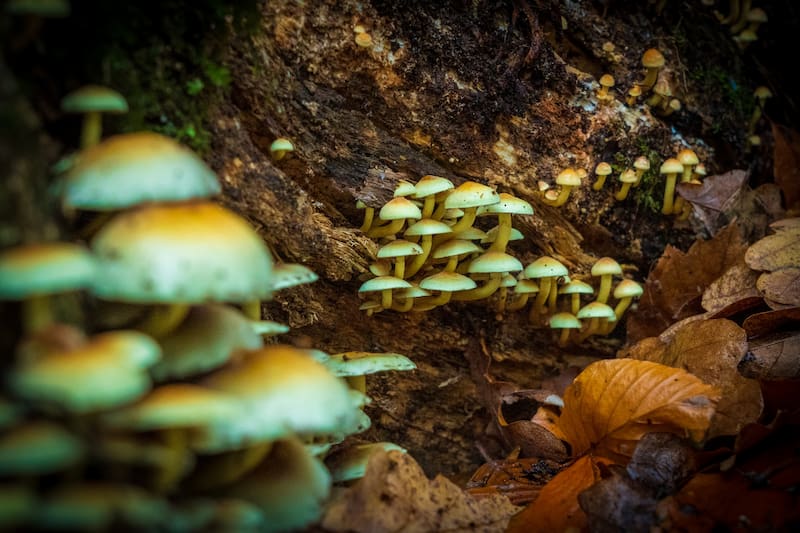
LSD is a catalyst or amplifier of mental processes. If properly used it could become something like the microscope or telescope of psychiatry.
— Stanislav Grof, M.D.
There are many psychedelics and plant medicines in use today, some quite fringe (like salvia divinorum and iboga) and others more popular. Below I’ll list some of the more popular psychedelics:
- Ayahuasca
- Dimethyltryptamine (DMT)
- Ecstasy
- Lysergic acid diethylamide (LSD)
- Marijuana (cannabis)
- Mescaline
- Psilocybin mushrooms
Why is Psychedelic Integration Necessary?
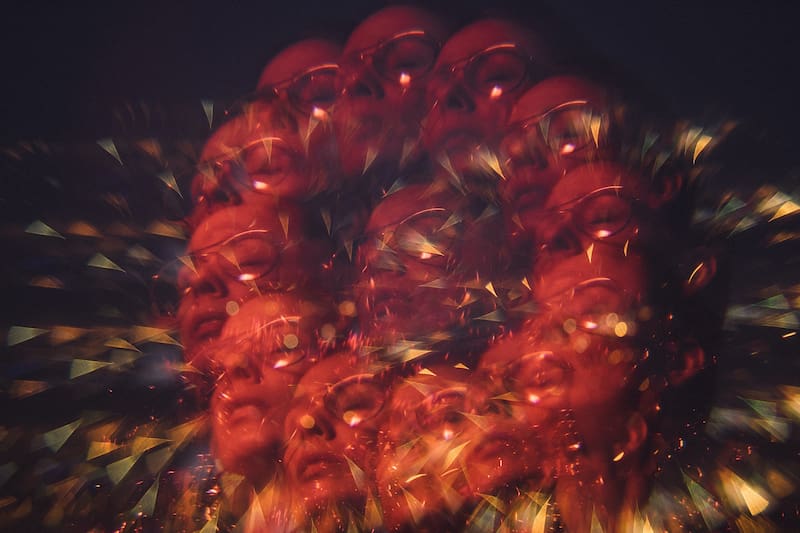
Psychedelic integration is needed so that we can authentically heal and transmute old trauma, find greater interconnectedness, see through ego illusions, and access our Soul and True Nature.
How Do Psychedelics & Plant Medicine Work?
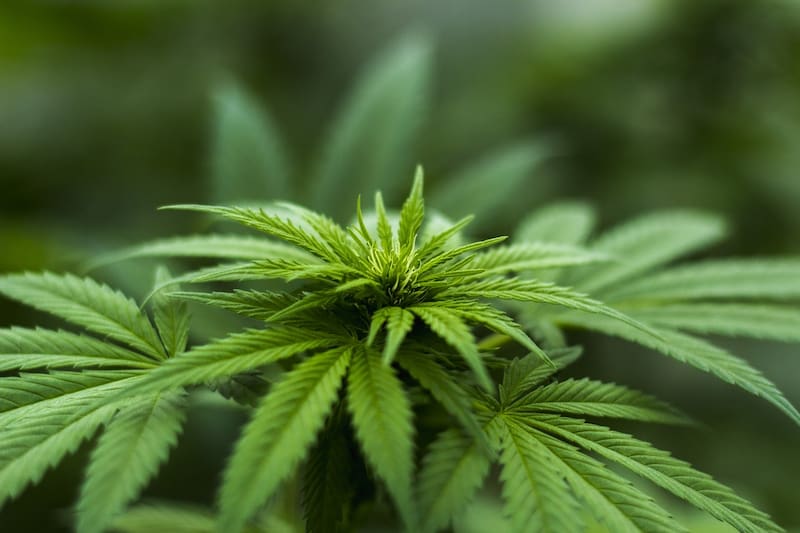
Although many of us think of psychedelics as dangerous drugs, it’s time for a rethink. They are non-toxic, non-addictive, have very few side effects, and could potentially offer relief for people suffering from a range of psychological difficulties.
— Dr. Rosalind Watts, Ph.D.
Other than the purely neurochemical explanation of how psychedelics activate serotonin receptors, among other parts of the brain, psychedelics, and plant medicines are a mystery.
In other words, there are many opinions out there as to how they work. Some people, for example, believe that psychedelics and plant medicines open up gateways to different dimensions of time and space – and even to other realms of existence.
Others believe that psychedelics and plant medicines are “teachers” in the sense that they are sentient beings here to help humanity awaken. Writer and author ??Graham Hancock in his book Supernatural: Meetings with the Ancient Teachers of Mankind, for example, provides some convincing arguments that psychedelics were actually responsible for the development of the modern human mind.
Writer and philosopher Aldous Huxley once wrote that psychedelics “cleanse the doors of perception,” kind of like a squeegee cleans the dirt from a window, or a cloth removes the dust from a mirror.
Another explanation comes from English writer on philosophy, the occult, and mysticism, Colin Wilson, who shares the following:
Psychedelic drugs, which have the effect of immobilising the ‘logical mind,’ and putting the subliminal powers in the driving seat of personality, can produce revelations of beauty or of horror. The mind that opens itself to ‘subliminal meanings’ has shed its defences, thrown away its insulation, its ‘shock absorbers.’ Daylight consciousness has the refuge of common sense, of ‘objective reality’: But in subliminal states, the dividing line between reality and one’s personal fantasies becomes blurred; and without a certain knowledge and discipline, the mind is at the mercy of its own tendency to morbidity.
As you can see, Wilson errs towards a more negative psychoanalytical view of psychedelics, which I don’t think is completely unwarranted (as there is such a thing as a “bad trip,” as most people are already aware of by now).
However, we can see that there are many possible angles and explanations of how psychedelics work and the treasures and traps connected with them.
Why Do “Bad Trips” Happen? (& How to Stop an Unsafe Trip)

Bad trips happen when the ego is in the driving seat.
The ego is the belief in an isolated “me” that wants to escape pain, seek out pleasure, and be in control of everything because it believes itself to be a separate part of existence.
You’ll know that you’re having a bad trip based on, well, how bad it feels!
Anxiety, panic, paranoia, terror, flashes of traumatic memories, scary visions, overwhelming sensory input, bizarre creatures, non-dual mind implosions, disorienting ego death – this is what a bad trip feels like.
However, here I want to point out that “bad trip” is a misnomer because all trips, no matter how difficult, have the capacity to heal. A more accurate description would be an “unsafe trip” in which you were unprepared in some way to deal with what came up.
Having experienced many unsafe trips in the past (including one from a terrifying 7-gram mushroom trip in which I thought I was literally going crazy – not recommended at all), I can say that yes, you will survive them. And yes, they end. But please, try to prevent them from happening in the first place by remembering the “set and setting” principles of good tripping.
SO, how do you stop a bad or unsafe trip?
The best thing to do is to let go. Put your hands over your heart and ask for guidance. Call on your Soul to lead the way. Trust in love. Choose love. Call on your spirit guides, bodhisattvas of compassion, beloved ancestors, Spirit, or anything that brings you comfort. Breathe. Curl up in the fetal position and hold onto the ground. Say a comforting prayer or mantra.
I know this all sounds very cliche, but believe me, when you’re in the bowels of a deeply shitty psychedelic voyage, this is all you can do.
In the future, be more prepared. Have a much smaller amount, gather some resources to have on hand that comfort you (like a soft blanket, water, soothing music, pet, etc.), get into your heart space and out of your head, and make sure that you’re in a safe and familiar place.
Psychedelic Integration: 5 Ways to Process Your Insights
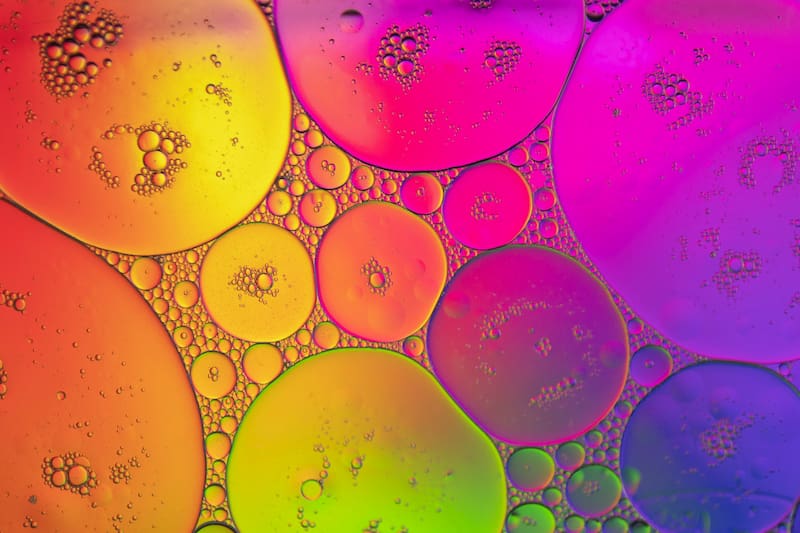
Now we get to the juicy stuff.
How do you process and integrate what came up during your psychedelic journey?
In the past, I had so many profound experiences that I regret not properly exploring, digesting, and translating into my everyday life.
Although I don’t “trip” as much anymore (and if I do, it’s usually once or twice a year at a very low amount), I do find these psychedelic experiences way more valuable than tripping more often and at higher quantities, but not taking the time and space to truly process them.
Here are five forms of psychedelic integration that you might like to explore (plus a bonus tip!):
1. Write down your experiences and insights (it’s the first best thing you can do)
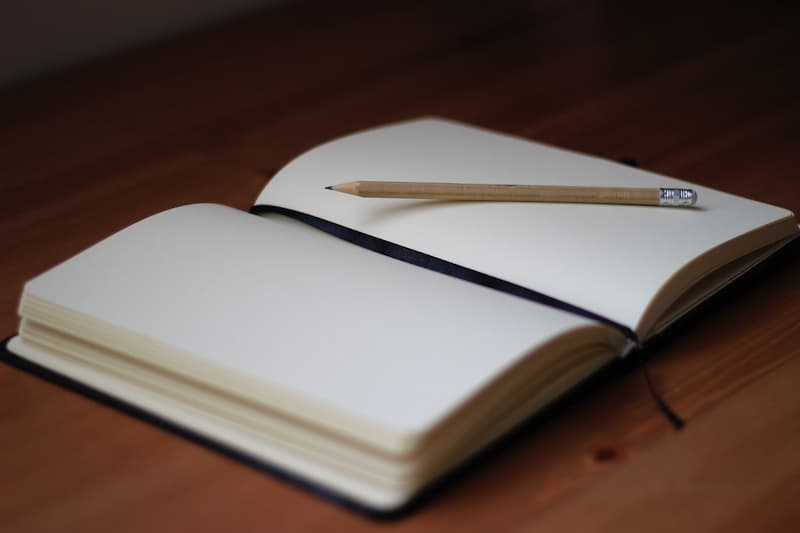
Getting all of your discoveries, visions, realizations, and breakthroughs down on paper is crucial. Not only is journaling about your experiences a wonderful way of processing what you went through, but it can also lead to even further insights.
Our memories are fragile, so be sure to write it all down! It’s much easier to integrate that way.
2. Explore your top three takeaways from the experience that you want to remember

“I’ll never forget this experience!” you might think soon after your trip ends. Wrong! Yes, you will likely forget most of the details of what happened, as well as the delicious clarity, peace, and even love that such experiences might evoke within you.
As such, seize the chance while it lasts and identify the top three takeaways from your experience. What deep reflection, self-insight, mystical understanding, or breakthrough “lightbulb” epiphany moments do you want to continue to digest long after the psychedelics have exited your system?
Write them down in your journal. One cool trick I’ve learned is to use a sticky note to write down the main realizations and stick them on the corner of your mirror so that you can see and read them every day.
3. Create a piece of art that represents the experience and what you learned
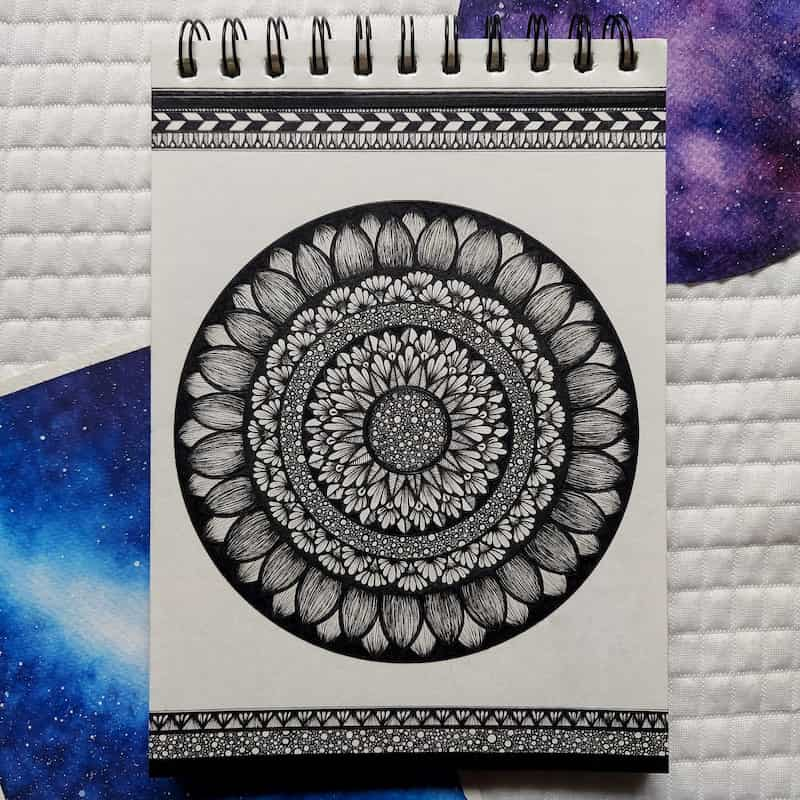
Before you raise a hand of objection, no, you don’t need to be an artist to create a piece of art to reflect what you learned.
(In fact, sometimes it’s better if you’re not that artistic, as it helps you to avoid certain artistic rules and formalities that can get in the way of creating something truly expressive of how you feel.)
Choose a medium that is simple enough for you to access, or that is already on hand. Pencils and texters are a good starting place. If all you have are black pens, feel free to just use that. Draw whatever comes to mind without correcting yourself too much. Just let it all flow out.
If you prefer a more structured approach, I recommend creating a mandala.
Mandalas:
Mandalas are symbolic of integration and wholeness. Psychoanalyst Carl Jung once encouraged his patients to draw mandalas for their own therapeutic healing process, and he also drew mandalas himself to facilitate the integration of the conscious and unconscious mind. These days, many therapists also recommend their patients draw mandalas.
Draw a free-hand circle on a piece of paper (or, if you prefer a precise circle, find a can of beans or something circular to trace around). Then, proceed to draw inside the circle in whatever manner you like. I find that drawing symmetrically and in a mirrored fashion helps to facilitate the psychedelic integration process.
4. Vow to change something in your life and create a new habit or ritual

Ask yourself, “What can I change in my life based on my psychedelic experience?” or “What ritual can I create that can help me to heal and move on?”
Perhaps you need to focus more on reconnecting with your body, so you might take up pilates, yoga, or walking around town more.
Maybe you need to write a letter to a dead family member expressing all of your hurt and disappointment, then burn it and scatter the ashes to the winds.
Perhaps you’ve been spending too much time on your phone, and so you may decide to do a social media detox three times per year or set a “no phone after 5 pm” rule and go out in nature instead.
To effectively practice psychedelic integration, something needs to change in your life. Some kind of habit needs to be established. So take some time to consider what that might be.
5. Reconnect with your inner child and befriend your shadow

Psychedelics and plant medicines reveal the parts of our psyches that need healing – and these parts often concern the wounded inner child and the shadow self.
Committing to some form of inner child work or shadow work can be a powerful form of psychedelic integration. Little by little, you can work to reclaim the parts of your psyche that your inner journeying may have revealed were feeling cut off or rejected.
Our inner child journal and shadow work journal are wonderful psychedelic integration aids. To commit to this work on an ongoing basis, I also recommend our Shadow & Light Membership.
(Bonus!) 6. Meditate and contemplate on your process two or more months later
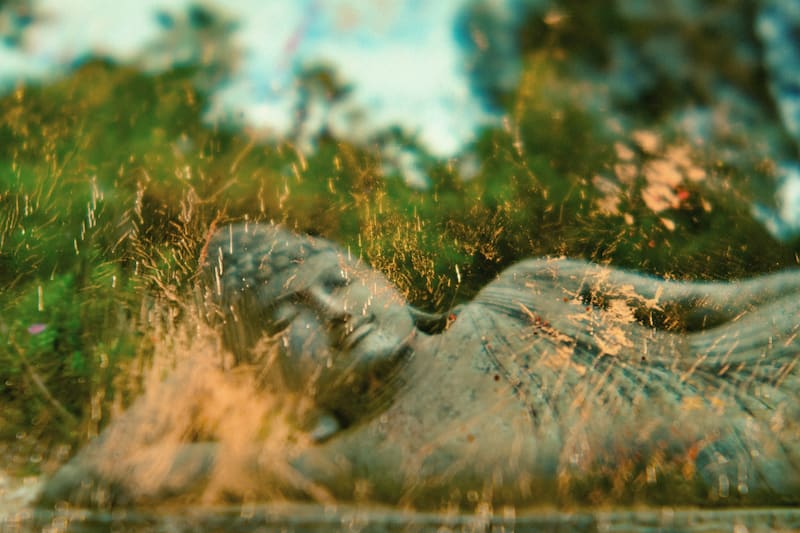
It can take a while for the psyche and ego structure to return to “business as usual.” That’s why I recommend revisiting what you’ve journaled about, drawn, committed to, or what habits you’ve created based on your initial experience two or more months later.
Ask yourself:
- What has changed within me?
- Is there anything else I need to integrate or explore?
- How could I do things differently next time?
- What am I grateful for?
- Do I need further help?
Sometimes Professional Psychedelic Integration Therapy is Needed

If you’ve had a particularly traumatic experience with psychedelics or plant medicines, it’s not always possible to only rely on what I’ve shared above. Sometimes, you may need some kind of professional psychedelic integration therapy.
There are many trained professionals these days who offer this kind of service both online and in-person. So do a search on your search engine for the keywords “psychedelic integration therapy near me” and see what comes up.
***
Psychedelics and plant medicines are a tremendous gift to humanity, offering us a doorway into the deepest recesses of our hearts and minds.
As agents of change, they need to be used with caution and respect – and part of that involves knowing how to integrate the discoveries we make while journeying with them properly.
I hope this guide on psychedelic integration has been of use to you. Please share it with a friend or someone you know who might benefit from this advice if you think it may help them.
There is nothing more beautiful than a deep, life-changing insight that has been thoughtfully integrated into your everyday life.
If you’ve enjoyed this topic of psychedelic integration, you might be interested in my article on spiritual integration on the spiritual awakening path, for further reading.
So, tell me, what have you learned while on psychedelics? How did you manage to integrate these discoveries? I’d love to hear below!
About the author:
Aletheia Luna is a prolific psychospiritual writer, author, and spiritual mentor whose work has touched the lives of millions worldwide. As a survivor of fundamentalist religious abuse, her mission is to help others find love, strength, and inner light in even the darkest places. She is the author of hundreds of popular articles, as well as numerous books and journals on the topics of Self-Love, Spiritual Awakening, and more. See more of her work at lonerwolf.com.
This article, Psychedelic Integration: 5 Ways to Process Your Insights, was originally published on lonerwolf.com, reproduced with permission.

If you've ever found value in our articles, we'd greatly appreciate your support by purchasing Mindful Meditation Techniques for Kids - A Practical Guide for Adults to Empower Kids with the Gift of Inner Peace and Resilience for Life.
In the spirit of mindfulness, we encourage you to choose the paperback version. Delve into its pages away from screen glare and notifications, allowing yourself to fully immerse in the transformative practices within. The physical book enriches the learning process and serves as a tangible commitment to mindfulness, easily shared among family and friends.
Over the past few years, Wake Up World has faced significant online censorship, impacting our financial ability to stay online. Instead of soliciting donations, we're exploring win-win solutions with our readers to remain financially viable. Moving into book publishing, we hope to secure ongoing funds to continue our mission. With over 8,500 articles published in the past 13 years, we are committed to keeping our content free and accessible to everyone, without resorting to a paywall.

